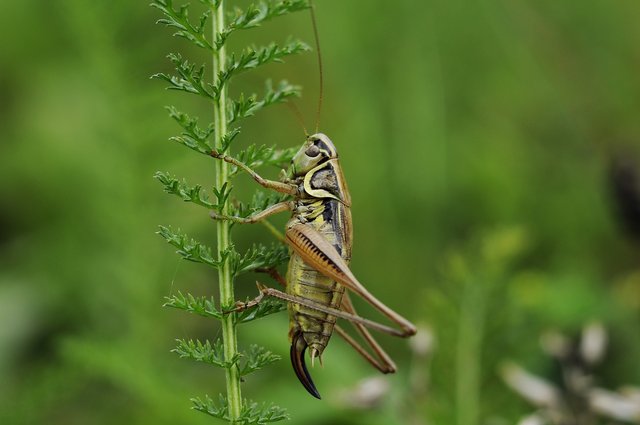Insects Might Not Be As Eco-Friendly Of A Food As We Thought
Fried worms are already finding their way to our plates and many insect food producers pride themselves on how eco-friendly they are. But new findings show that that might not be completely true.

Breeding insects for food is a very young but rapidly growing business. Just in 2017 Americans spent 55 million dollars on insect food. But truthfully, eating insects isn’t anything new. Humanity has long term experience eating at least two thousand breeds of insect. Usually, it is insects that were collected by hand in nature. Only the Western world – with the exception of bees and honey – never really found a taste for insects. But that is quickly changing.
One of the main arguments for breeding insects and eating them is to protect the environment. Most people accept that in comparison with classical farm animals breeding protein through insects is much more effective. For example, a single cricket are capable of producing one gram of its tissue from 1.6 grams of high quality food. Under ideal circumstance. If they aren’t ideal, he will need three times as much.
To give you an idea of how well the insects are doing a pig need 3 grams of high quality food to produce 1 gram of tissue under ideal circumstance. But a chicken needs only 1.7 grams under ideal circumstance. This alone should show you that the dominance of insects as an ecological food might not be as clear as we always thought.
Swedish scientists have recently published a complex analysis of the benefits and risks of farming insects for food and it was published in the Trends in Ecology and Evolution journal.
They looked at different systems for breeding and farming insects and compared them to traditional farming. They focused on some basic parameters as the need for land, water usage or greenhouse gas production.
But they also warn about possible risks that are hard to predict, such as what if the insects get out of their farm? The insects would likely be bred even in areas where it isn’t indigenous and if it escapes and survives a real threat of it causing large devastation is possible.
Sources:
- If you like the content I’m producing about science maybe you will like the content I produce about gaming as well! Be sure to check out my other blogs!
- @gaming-trail Where we are your everyday source of gaming-news!
- @kralizec Where I review video games and make commentaries about video games
🏆 Hi @scisteem! You have received 0.2 STEEM reward for this post from the following subscribers: @cardboard
Subscribe and increase the reward for @scisteem :) | For investors.
@scisteem gud
To listen to the audio version of this article click on the play image.

Brought to you by @tts. If you find it useful please consider upvoting this reply.
I wonder what that ratio is for goats. They eat anything ya know!